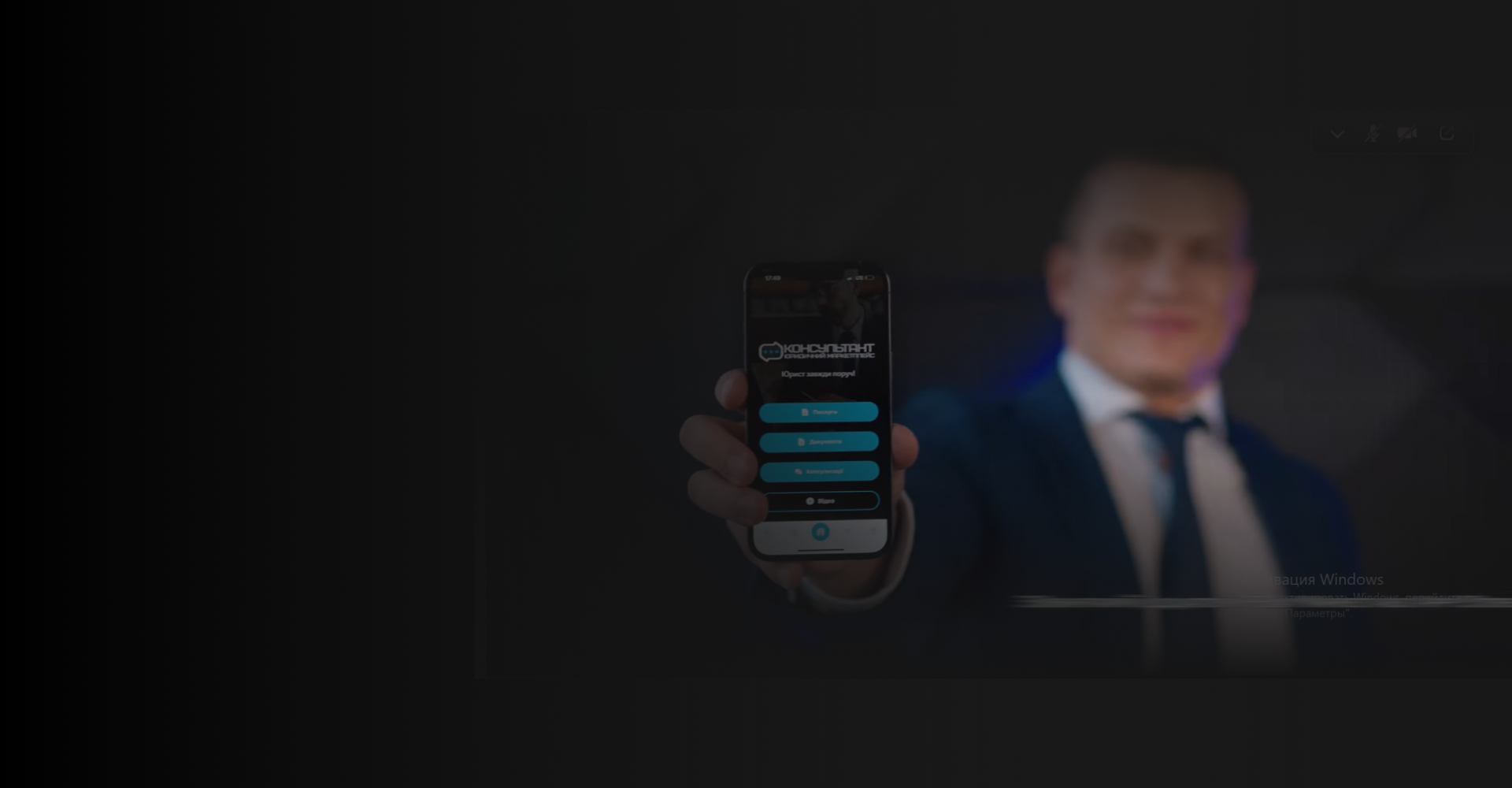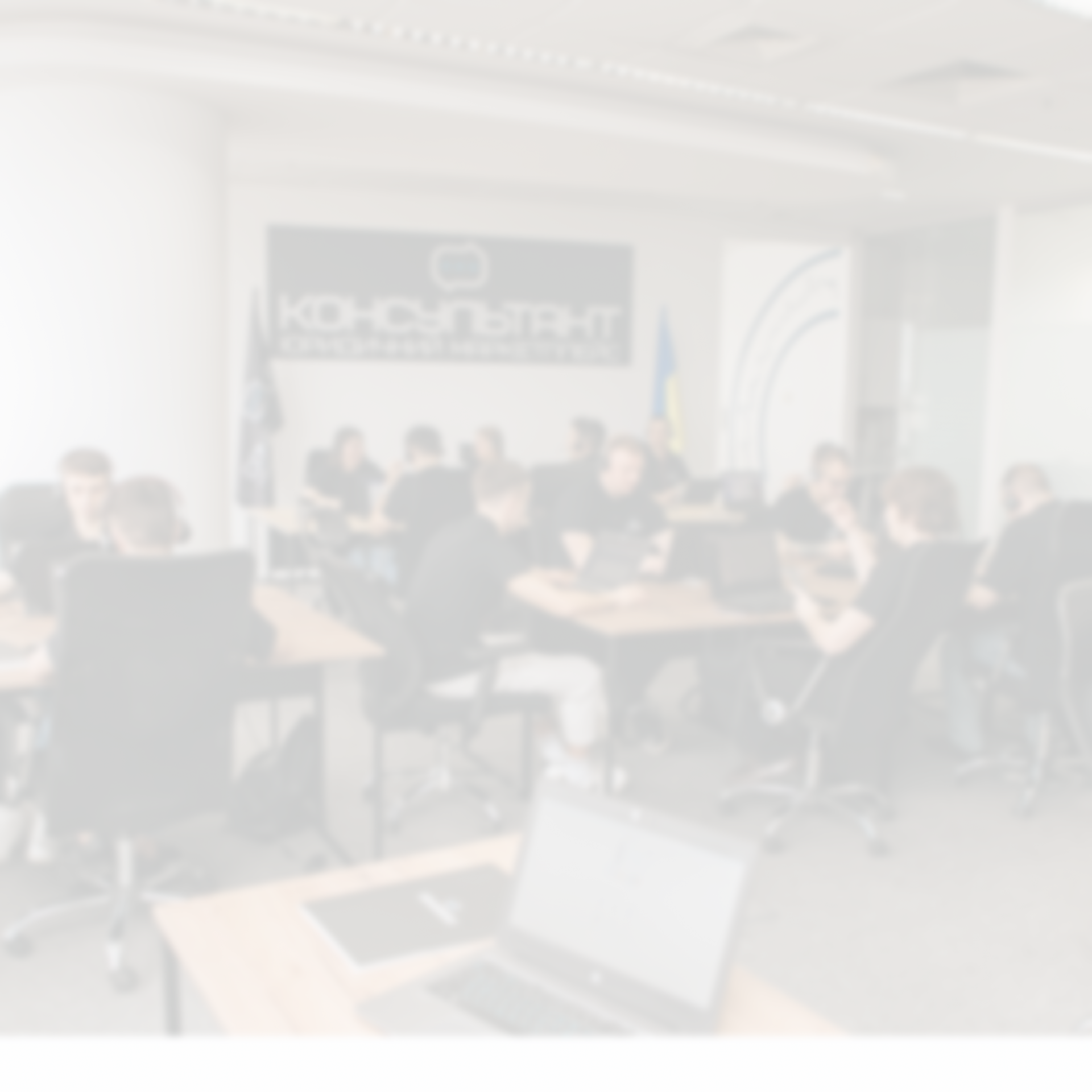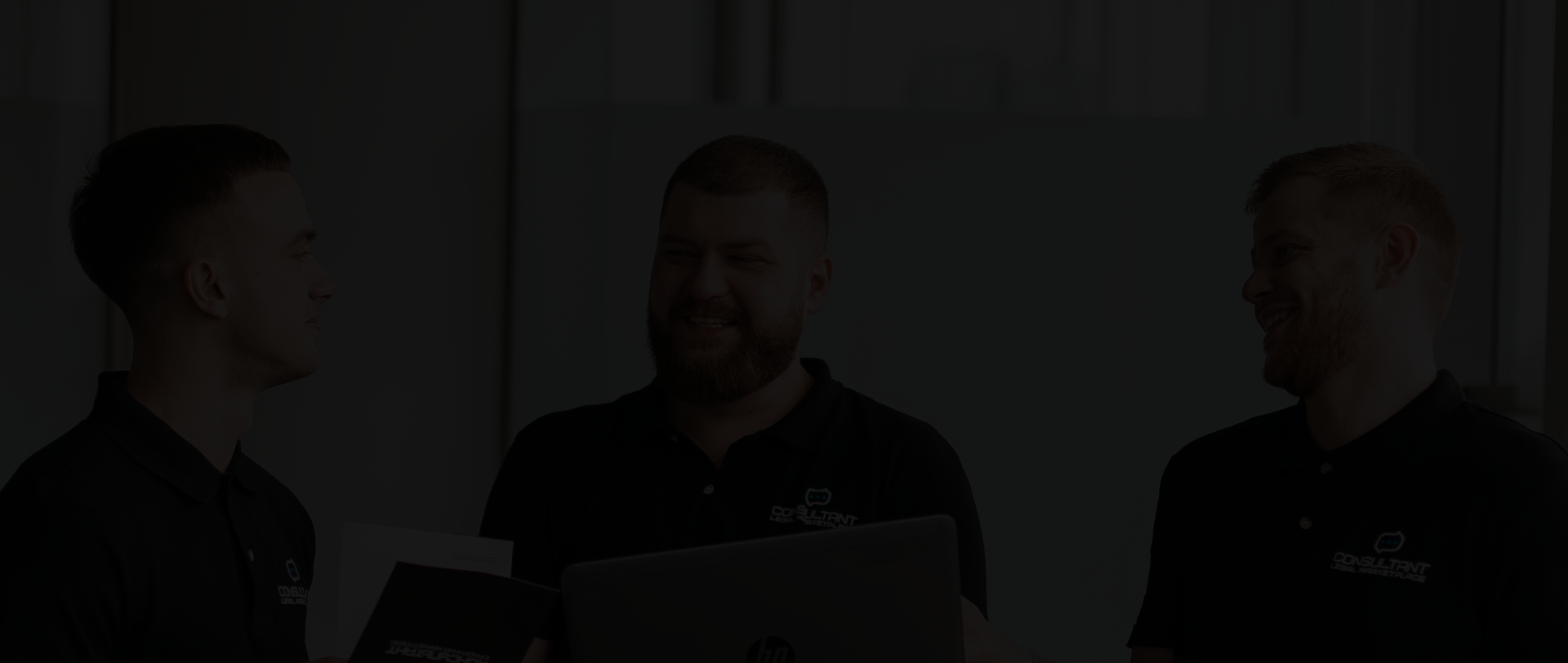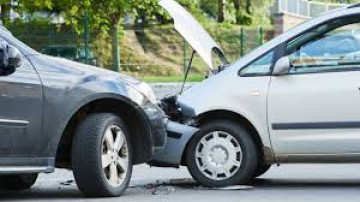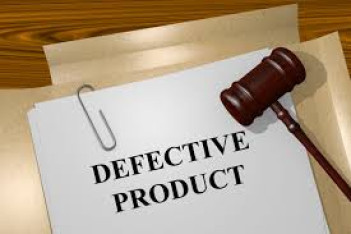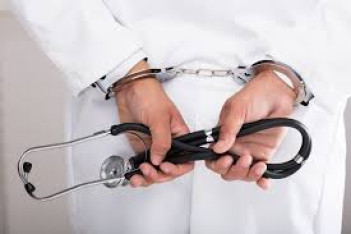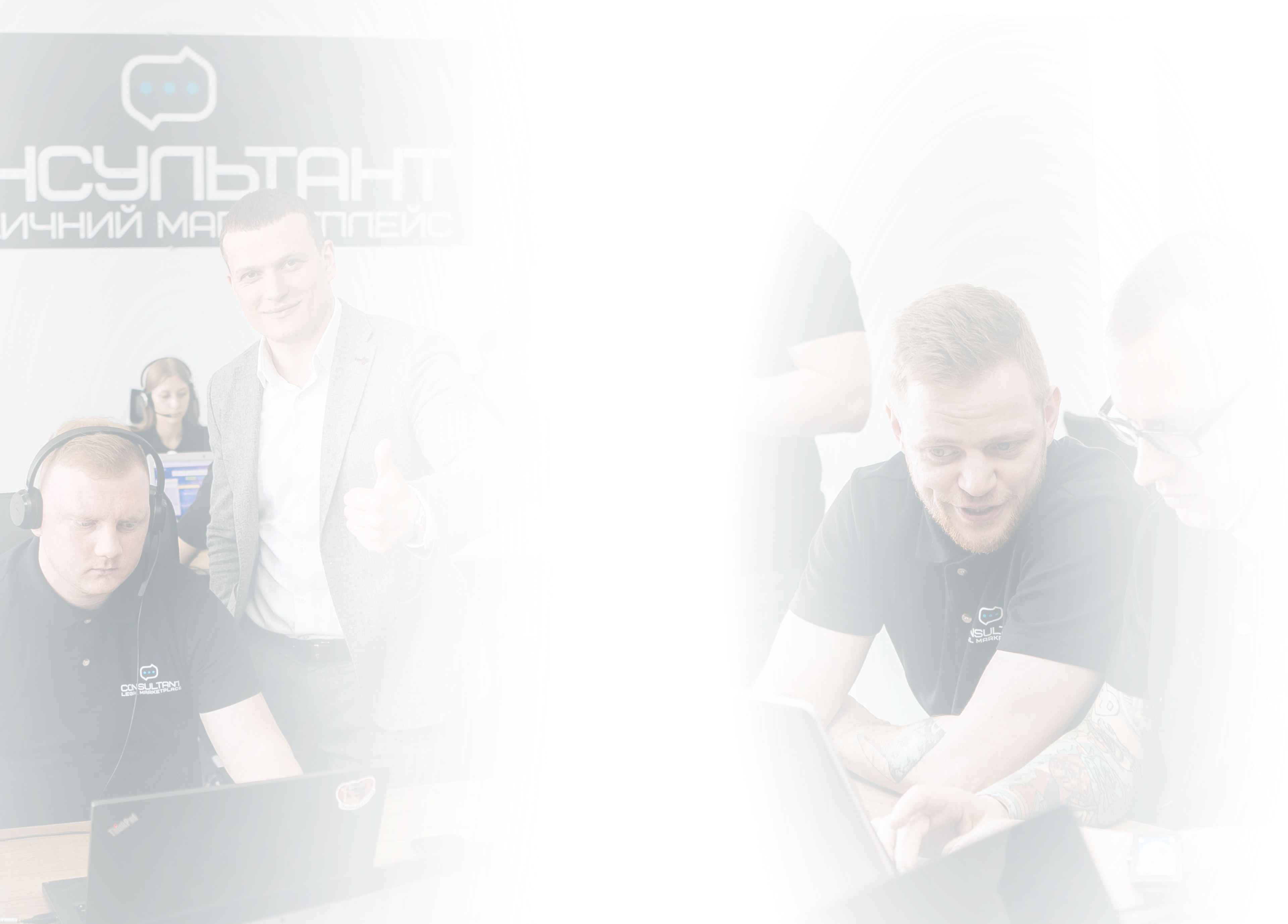Filing a Product Liability Lawsuit for Defective Consumer Goods
Consultant specializes in submitting product responsibility suits for problems caused by defective consumer goods in the united state. We aid clients in restoring justice and getting fair compensation for medical expenditures, lost income, home damages, and emotional distress. One of one of the most vital elements in such instances is recognizing how to prove a product is defective, because the ability to show defectiveness directly influences the outcome of the insurance claim.
What's Included in the Defective Product Compensation Service?
Our solution package covers every stage of lawful representation. It consists of:
- Preliminary cost-free appointment and instance analysis to understand the claim's feasibility;
- Evaluation of issue type-- whether it is a style problem, manufacturing problem, or warning/labeling problem;
- Evidence collection, including medical records, pictures, packaging, instructions, invoices, and witness statements;
- Recognition of responsible events in the supply chain such as the maker, supplier, or vendor;
- Composing and filing the legal action in compliance with U.S. legal criteria (strict responsibility, neglect, violation of warranty);.
- Negotiation negotiations and/or court representation, consisting of exploration and, if necessary, trial treatments.
This organized approach makes sure that customers are totally sustained at every phase of their instance.
Reasons to Hire a Product Liability Attorney
Working with a specialized attorney provides several benefits when pursuing a defective item insurance claim:
- Intricate lawful demands-- regulations on rigorous obligation and service warranty violations vary by state, and attorneys know how to apply them correctly;
- Challenging evidence standards – proving the product defect, its connection to the injury, and proper use requires experience in evidence gathering and presentation;
- Fighting large corporations – manufacturers usually have strong legal teams; without professional help, consumers risk receiving inadequate settlements;
- No upfront costs – most product liability cases are handled on a contingency basis, meaning attorneys only get paid once compensation is awarded.
With expert representation, clients can focus on healing while lawyers handle the lawful complexities.
Attorney's Actions in a Product Liability Lawsuit
When standing for a client, a product obligation attorney generally carries out the following activities:
- Performs a comprehensive evaluation of the event, flaw type, and relevant legal concepts (design, production, or advertising defects);
- Arranges evidence collection, consisting of clinical documents, proof of purchase, witness declarations, and professional appointments;
- Recognizes accountable events such as makers, providers, distributors, or merchants;.
- Drafts and files a formal complaint in the suitable court;
- Bargains with insurers or protection agents with need letters and negotiation conversations;
- Gives court representation throughout exploration, arbitration, test, and allure if required.
These actions are crucial for constructing a strong situation and protecting desirable end results.
Conditions for Filing a Product Liability Lawsuit
A product liability lawsuit is possible if the following conditions are met:
- You suffered injury or financial loss due to a defective consumer product;
- A specific defect type can be identified – design, manufacturing, or inadequate warnings (failure to warn);
- The claim is filed within the statute of limitations (typically 2–3 years from injury or discovery of defect, before statute of repose applies);
- The product remained in its original condition during use, without unauthorized repairs;
- Sufficient evidence is available, such as proof of purchase, packaging, usage records, and medical documentation.
Meeting these criteria significantly strengthens your legal position and chances of success.
Additional Information – Compensation, Deadlines and Defect Types
Victims of defective consumer goods may be entitled to various forms of compensation, including:
- Medical expenses and future treatment costs;
- Financial losses, lost wages, and reduced earning capacity;
- Emotional distress and loss of quality of life;
- In cases of gross negligence, punitive damages may also be available.
The main types of defects include:
- Design defect – flaws in the product’s concept or blueprint;
- Manufacturing defect – errors occurring during production;
- Failure to warn – insufficient instructions or inadequate warnings for consumers.
Understanding these categories is essential when determining liability and proving negligence.
ConclusionFiling an item obligation lawsuit for faulty durable goods requires tactical lawsuit, strong proof, and clear presentation of the issue. Knowing how to prove a product is defective is the foundation of an effective insurance claim, as it links the injury straight to the problematic item. With the help of an experienced lawyer, customers can navigate intricate legal requirements, obstacle big corporations, and optimize their opportunities of safeguarding full compensation. Consultant makes sure that every customer obtains extensive support-- from first assessment to last resolution-- making justice possible and fair payment achievable.

